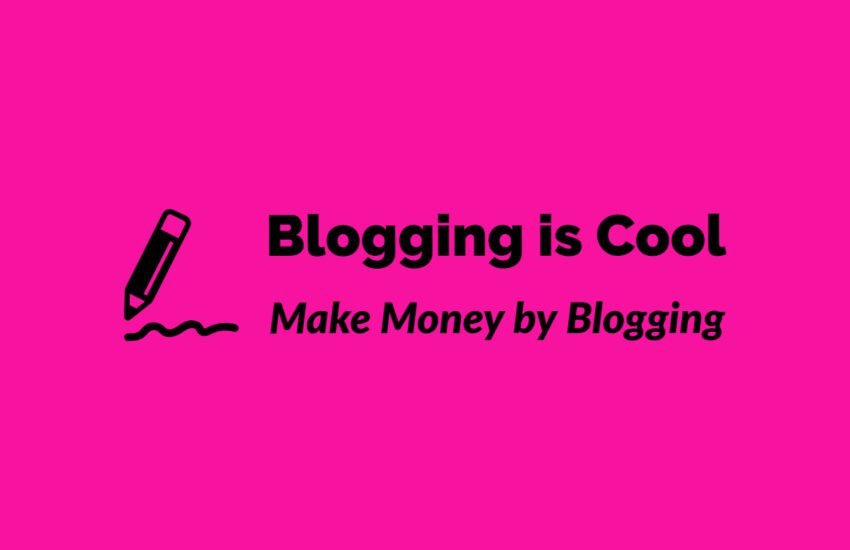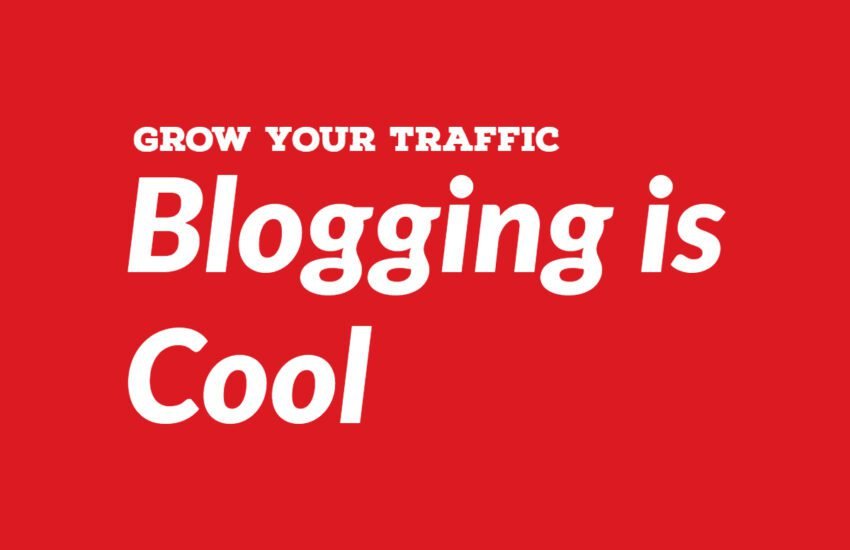What is the Eligibility Criteria to Earn on YouTube
YouTube has become a popular platform for content creators to share their videos and earn money.
With millions of people watching videos every day, it offers a great opportunity for individuals to turn their passion into a source of income.
However, before you can start earning on YouTube, there are certain eligibility criteria that you need to meet. In this article, we will discuss the requirements you need to fulfill in order to monetize your YouTube channel.
- 1. Create a YouTube Channel
- 2. Adhere to YouTube’s Policies and Guidelines
- 3. Meet the YouTube Partner Program Requirements
- 4. Enable Monetization on Your Channel
- 5. Create Quality Content
- 6. Promote Your Channel
- 7. Explore Additional Revenue Streams
- Frequently Asked Questions
- 1. What are the basic eligibility requirements to start earning money on YouTube?
- 2. What are the minimum requirements for the YouTube Partner Program (YPP)?
- 3. How can creators apply for the YouTube Partner Program (YPP)?
- 4. What are some common reasons for rejection from the YouTube Partner Program (YPP)?
- 5. How does YouTube verify watch hours for monetization eligibility?
- 6. What types of content are eligible for monetization on YouTube?
- 7. Are there any specific restrictions on the type of content that can be monetized on YouTube?
- 8. How do creators earn money on YouTube?
- 9. Are there any additional requirements for monetizing content aimed at children on YouTube?
- 10. How can creators track their earnings and monetization performance on YouTube?
- 11. Can creators in all countries participate in the YouTube Partner Program (YPP)?
- 12. Are there any age restrictions for participating in the YouTube Partner Program (YPP)?
- 13. How long does it take for a YouTube channel to be reviewed for monetization after applying for the YouTube Partner Program (YPP)?
- 14. Can creators reapply for the YouTube Partner Program (YPP) if their application is rejected?
- 15. What are some tips for creators to increase their chances of meeting the eligibility requirements for monetization on YouTube?
1. Create a YouTube Channel
The first step to becoming eligible for earning on YouTube is to create your own YouTube channel. This is a straightforward process that requires you to have a Google account. Once you have created your channel, you can start uploading videos and building your audience.
2. Adhere to YouTube’s Policies and Guidelines
YouTube has a set of policies and guidelines that all content creators must adhere to. These policies cover various aspects such as copyright infringement, community guidelines, and advertiser-friendly content.
It is important to familiarize yourself with these policies and ensure that your content complies with them. Violating these policies can result in your channel being demonetized or even terminated.
3. Meet the YouTube Partner Program Requirements
In order to monetize your YouTube channel, you need to meet the requirements of the YouTube Partner Program. These requirements include:
- Watch Time: Your channel must have at least 4,000 watch hours in the past 12 months.
- Subscribers: You need to have a minimum of 1,000 subscribers on your channel.
- Location: You must be located in a country or region where the YouTube Partner Program is available.
- Adherence to Policies: Your channel must comply with all of YouTube’s policies and guidelines.
4. Enable Monetization on Your Channel
Once you have met the requirements of the YouTube Partner Program, you can enable monetization on your channel. This allows you to earn money from ads that are displayed on your videos.
To enable monetization, go to your YouTube Studio and navigate to the “Monetization” section. Follow the instructions provided to set up an AdSense account and link it to your YouTube channel.
5. Create Quality Content
To attract viewers and earn money on YouTube, it is important to create high-quality content that resonates with your target audience.
Focus on producing videos that are informative, entertaining, and engaging. Consistency is key, so aim to upload videos on a regular basis to keep your audience engaged and coming back for more.
6. Promote Your Channel
Building an audience on YouTube requires more than just uploading videos. You also need to promote your channel to increase your reach and visibility.
Share your videos on social media platforms, collaborate with other YouTubers, and engage with your audience through comments and community posts. The more exposure your channel gets, the more opportunities you have to earn money.
7. Explore Additional Revenue Streams
While ads are the primary source of income on YouTube, there are other revenue streams you can explore to further monetize your channel. These include:
- Sponsorships: Collaborate with brands and promote their products or services in your videos.
- Affiliate Marketing: Recommend products or services and earn a commission for every sale made through your referral.
- Merchandise Sales: Create and sell your own merchandise to your audience.
- Fan Donations: Enable the “Channel Memberships” feature or set up a Patreon account to allow your viewers to support you financially.
Remember, earning on YouTube takes time and effort. It requires consistent dedication and the ability to adapt to the changing trends and preferences of your audience.
By meeting the eligibility criteria, creating quality content, and exploring additional revenue streams, you can increase your chances of earning a sustainable income from your YouTube channel.
Frequently Asked Questions
1. What are the basic eligibility requirements to start earning money on YouTube?
To start earning money on YouTube, creators must meet the following basic eligibility requirements:
– Have a YouTube channel: Creators need to create and own a YouTube channel where they can upload and monetize videos.
– Comply with YouTube’s monetization policies: Creators must adhere to YouTube’s Community Guidelines, Advertiser-Friendly Content Guidelines, and copyright policies to qualify for monetization.
2. What are the minimum requirements for the YouTube Partner Program (YPP)?
The minimum requirements for the YouTube Partner Program (YPP) include:
– Have at least 1,000 subscribers on the YouTube channel.
– Have accumulated 4,000 valid public watch hours in the last 12 months.
– Reside in a country or region where the YouTube Partner Program is available.
3. How can creators apply for the YouTube Partner Program (YPP)?
Creators can apply for the YouTube Partner Program (YPP) by following these steps:
– Sign in to their YouTube account.
– Go to the YouTube Studio dashboard.
– Click on the “Monetization” tab.
– Follow the on-screen instructions to review and accept the YouTube Partner Program terms.
– Once the channel meets the eligibility requirements, creators can apply for monetization.
4. What are some common reasons for rejection from the YouTube Partner Program (YPP)?
Some common reasons for rejection from the YouTube Partner Program (YPP) include:
– Violation of YouTube’s Community Guidelines or Advertiser-Friendly Content Guidelines.
– Copyright strikes or violations of copyright policies.
– Invalid click activity or engagement manipulation.
– Inaccurate or misleading channel metadata.
5. How does YouTube verify watch hours for monetization eligibility?
YouTube verifies watch hours for monetization eligibility by tracking and aggregating public watch hours across all eligible videos on the channel. Creators can monitor their watch hours progress in the YouTube Studio dashboard under the “Analytics” tab.
6. What types of content are eligible for monetization on YouTube?
Content that is eligible for monetization on YouTube includes original videos that comply with YouTube’s Community Guidelines and Advertiser-Friendly Content Guidelines. This includes a wide range of content such as vlogs, tutorials, music covers, gaming videos, educational content, and more.
7. Are there any specific restrictions on the type of content that can be monetized on YouTube?
Yes, there are specific restrictions on the type of content that can be monetized on YouTube. Content that is not suitable for advertising or violates YouTube’s policies, including content containing violence, hate speech, harmful or dangerous acts, and sexually suggestive content, may be ineligible for monetization.
8. How do creators earn money on YouTube?
Creators earn money on YouTube through various monetization features, including:
– Ad revenue: Creators earn a share of revenue generated from ads displayed on their videos through the YouTube Partner Program (YPP).
– Channel memberships: Creators can offer channel memberships to subscribers for exclusive perks and content in exchange for a monthly fee.
– Super Chat and Super Stickers: Creators can receive donations from viewers during live streams through Super Chat and Super Stickers.
9. Are there any additional requirements for monetizing content aimed at children on YouTube?
Yes, content aimed at children on YouTube must comply with additional requirements under the Children’s Online Privacy Protection Act (COPPA). Creators must designate their content as “made for kids” or “not made for kids” and comply with specific guidelines and restrictions for each category to ensure compliance with COPPA regulations.
10. How can creators track their earnings and monetization performance on YouTube?
Creators can track their earnings and monetization performance on YouTube through the YouTube Studio dashboard. The dashboard provides access to detailed analytics, including revenue reports, ad performance metrics, watch time data, and subscriber demographics, to help creators monitor their earnings and optimize their content strategy for better monetization results.
11. Can creators in all countries participate in the YouTube Partner Program (YPP)?
No, creators must reside in countries or regions where the YouTube Partner Program is available to participate. While YouTube has expanded the program’s availability over the years, it may still be restricted in certain regions due to legal or operational considerations.
12. Are there any age restrictions for participating in the YouTube Partner Program (YPP)?
Yes, creators must be at least 18 years old to participate in the YouTube Partner Program (YPP) and earn money from their YouTube channel. Minors under the age of 18 can still create and manage YouTube channels with parental consent, but they cannot monetize their content directly.
13. How long does it take for a YouTube channel to be reviewed for monetization after applying for the YouTube Partner Program (YPP)?
The review process for monetization eligibility can vary in duration, but it typically takes several weeks for YouTube to review and process applications. During this time, YouTube evaluates the channel’s compliance with the monetization policies and verifies that it meets the minimum requirements for the YouTube Partner Program (YPP).
14. Can creators reapply for the YouTube Partner Program (YPP) if their application is rejected?
Yes, creators can reapply for the YouTube Partner Program (YPP) if their initial application is rejected. However, they must address any issues or violations that led to the rejection and ensure that their channel complies with YouTube’s policies and guidelines before reapplying.
15. What are some tips for creators to increase their chances of meeting the eligibility requirements for monetization on YouTube?
Some tips for creators to increase their chances of meeting the eligibility requirements for monetization on YouTube include:
– Consistently upload high-quality, original content that resonates with your audience.
– Engage with your viewers through comments, community posts, and live streams to build a loyal and active audience.
– Optimize your video titles, descriptions, and tags with relevant keywords to improve discoverability and search rankings.
– Promote your channel and videos on social media platforms and collaborate with other creators to expand your reach.
– Monitor your channel’s performance and analytics regularly to identify areas for improvement and optimize your content strategy accordingly.


